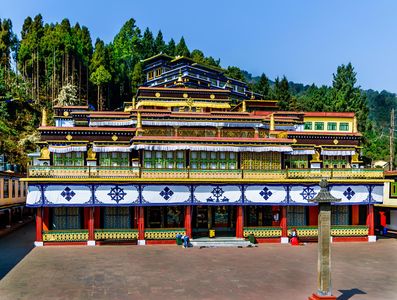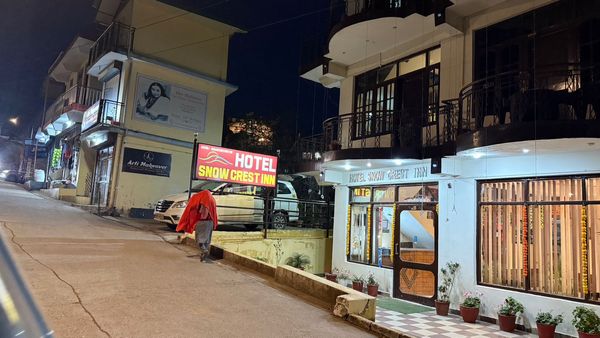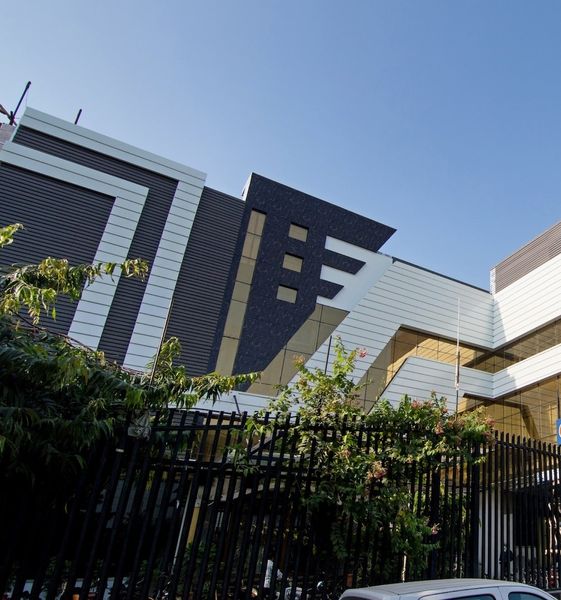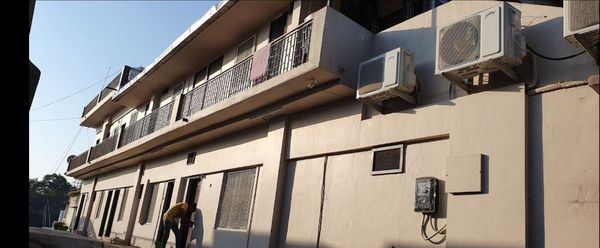Rumtek Monastery: The Spiritual Heart of Sikkim
 Akash Shree
31 Dec, 2024
10 mins read
2169
Akash Shree
31 Dec, 2024
10 mins read
2169

Situated in the beautiful state of Sikkim, one of the most important Tibetan Buddhist monasteries in India is Rumtek Monastery. It is approximately 24 kilometers from Gangtok, the state capital. Rumtek Monastery is a beacon of spiritual heritage, rich cultural history, and architectural magnificence. This monastery is revered by Buddhists around the world as a place of pilgrimage, meditation, and learning. It is one of the most beautiful places known for its scenic beauty, and at the same time, it has cultural and religious importance for the people of Sikkim and Tibet. This article covers the history, significance, architecture, and spiritual importance of Rumtek Monastery, which includes its role in preserving and promoting Tibetan Buddhism.
Rumtek Monastery: An Overview
Rumtek Monastery was founded in the 16th century by the Chogyal (king) of Sikkim, Chakdor Namgyal, but it has been rebuilt in its present form in the 1960s under the inspiration of the 16th Karmapa, Rangjung Rigpe Dorje. It remains one of the important centres of the Kagyu school of Tibetan Buddhism and has been the headquarters of the Kagyu lineage in India since its inception. The Karmapa is the head of this particular sect of Tibetan Buddhism, and his teachings play a vital role in spreading Buddhist practices and principles.
Rumtek Monastery is held in high esteem in Tibetan Buddhist tradition, mainly because it houses the seat of the Karmapa in India, who is considered one of the most significant figures in Tibetan Buddhism. The Dharma Chakra, the wheel of law, symbolizing the teachings of Buddha, is another reason why the monastery is so renowned.
Rumtek Monastery Gangtok: A Sacred Pilgrimage Site
Situated a few kilometers from Gangtok, Rumtek Monastery is accessible, and its beauty attracts tourists as well as spiritual aspirants. The winding road that takes one to the monastery from Gangtok makes the journey worthwhile, giving one the opportunity to have a view of the beautiful valleys, forests, and hills surrounding the area. The serenity and peacefulness that one feels once they reach the monastery have been enhanced by the route leading to it.
A massive place spread over, the lush green forests of oak, pine, and rhododendron envelop it; a hilltop view unfolds mountains and valleys in this stunning beauty, bringing peace, tranquility, and the quietness that contributes to a spiritual atmosphere. Such are the features at Rumtek Monastery for those looking for a serene haven and place for contemplation. The monastery accommodates a great number of monks and serves as a significant training center for those who pursue Buddhist monastic studies.
Rumtek Monastery Sikkim: Cultural and Religious Importance
There, Rumtek Monastery isn't only a religious center. It is also of greater cultural importance to the Tibetan Buddhists in India, as well as the inhabitants of Sikkim.
The influence of the Rumtek Monastery extends as far as its contribution in Tibetan Buddhism in the area and the role it served in preserving Tibetan culture.
Historically, the very first Rumtek Monastery was constructed by the 9th Karmapa, Wangchuk Dorje, in the 16th century and formed a major center for Kagyu lineage. During the invasion of Tibet by China in the 1950s, the 16th Karmapa, Rangjung Rigpe Dorje, escaped to India, and he selected Rumtek as the location for a new monastery. The newly constructed building was designed strictly in the traditional Tibetan architecture, with intricate murals, Tibetan prayer wheels, and statues of Buddha and other Bodhisattvas. This move by the 16th Karmapa to restore the monastery in Sikkim was meant to retain the true spirit of Tibetan Buddhism and provide a refuge for those who had been forced to leave Tibet as a result of the invasion.
The most distinguishing characteristic of Rumtek Monastery is its spiritual aura. It is among the most revered monasteries for the devotees of the Kagyu tradition, and it hosts great functions periodically for religious function, meditation, and teachings. The monastery was also the residence for the Karmapa; there is the Throne for Karmapa Lama, symbolizing the resident head of the religion. The texts for Mahamudra, ancient texts of Tibetan Buddhism, are found in the monastery and are studied and preserved by the monks.
Rumtek Old Monastery: History
This name of Old Rumtek Monastery is generally used for referring to the original building dating back to the 16th century, but remains in a state of dilapidation. This ancient site is still regarded historically significant although it cannot now be presented in all its former glory. It had been the spiritual headquarters for the area and Karmapa's seat prior to the shifting of this old monastery to a new place of construction in the 1960s.
Even though the new Rumtek Monastery is a popular structure among visitors because of its majestic architecture and grandeur, remnants from the old monastery do portray some important facts regarding Sikkim's past when it came to Tibetan Buddhism. Tourists can go and see the location where the old Rumtek Monastery actually was located within walking distance of the newly constructed structure. It brings the history of Tibetan Buddhism into early religious Sikkim with very close cultural and spiritual connections.
Architecture of Rumtek Monastery
The architecture of Rumtek Monastery is one of the attractions of the complex. The monastery was built in the traditional Tibetan style, and it features elements that are typical of Tibetan Buddhist monasteries. The structure includes massive prayer halls, assembly halls, and beautifully decorated prayer rooms. Visitors can observe intricate murals depicting Buddhist deities, stories from Buddhist mythology, and mandalas. The ceiling of the interior is made beautiful by great Tibetan paintings and wall-made carvings and sculpture.
One of the most important attractions of Rumtek Monastery is its Golden Stupa, which keeps the relics of the 16th Karmapa, Rangjung Rigpe Dorje. It is a work of art that looks beautiful and helps present a focus in meditation and prayer. The main stupa is accompanied by smaller stupas, prayer wheels, and a variety of other spiritual structures that complement this site's sacredness.
The monastery has a meditation center and contains a library that holds hundreds of Buddhist texts. It is a beautiful place where one can have spiritual retreat and reflection, surrounded by the peacefulness of nature.
Role of Rumtek Monastery in Preserving Tibetan Buddhism
Since its reconstruction, Rumtek Monastery has been very important in the preservation and promotion of Tibetan Buddhism. Under the Karmapas, it has been a center of Buddhist education for monks and spiritual seekers seeking to deepen their understanding of Buddhist teachings. The monastery hosts regular teachings on Buddhist philosophy, meditation practices, and Tibetan rituals, which attract devotees and students from all over the world.
Along with imparting spiritual knowledge, the Rumtek Monastery remains an important seat of learning for the Kagyu line. The Karmapa, being the chief incarnate of the Kagyu school, frequently makes journeys to Rumtek to carry out ceremonies and observe all other important religious festivals that take place there, keeping the monastery alive in a manner that continues to continue Tibetan Buddhist traditions in India.
Conclusion
With a rich history, architectural beauty, and spiritual significance, Rumtek Monastery is a testimony to the eternal legacy of Tibetan Buddhism in India. Situated in the peaceful landscapes of Sikkim, this monastery is a place for religious practices, a center for Buddhist learning, and a cultural icon for the people of Sikkim. Whether visiting the monastery for spiritual purposes, historical exploration, or simply to experience the tranquility of its surroundings, Rumtek Monastery offers a deeply enriching experience for all who visit. It remains a beacon of peace, spirituality, and the preservation of Tibetan culture in India.
Written By:
Akash Shree



Hotels at your convenience
Now choose your stay according to your preference. From finding a place for your dream destination or a mere weekend getaway to business accommodations or brief stay, we have got you covered. Explore hotels as per your mood.





